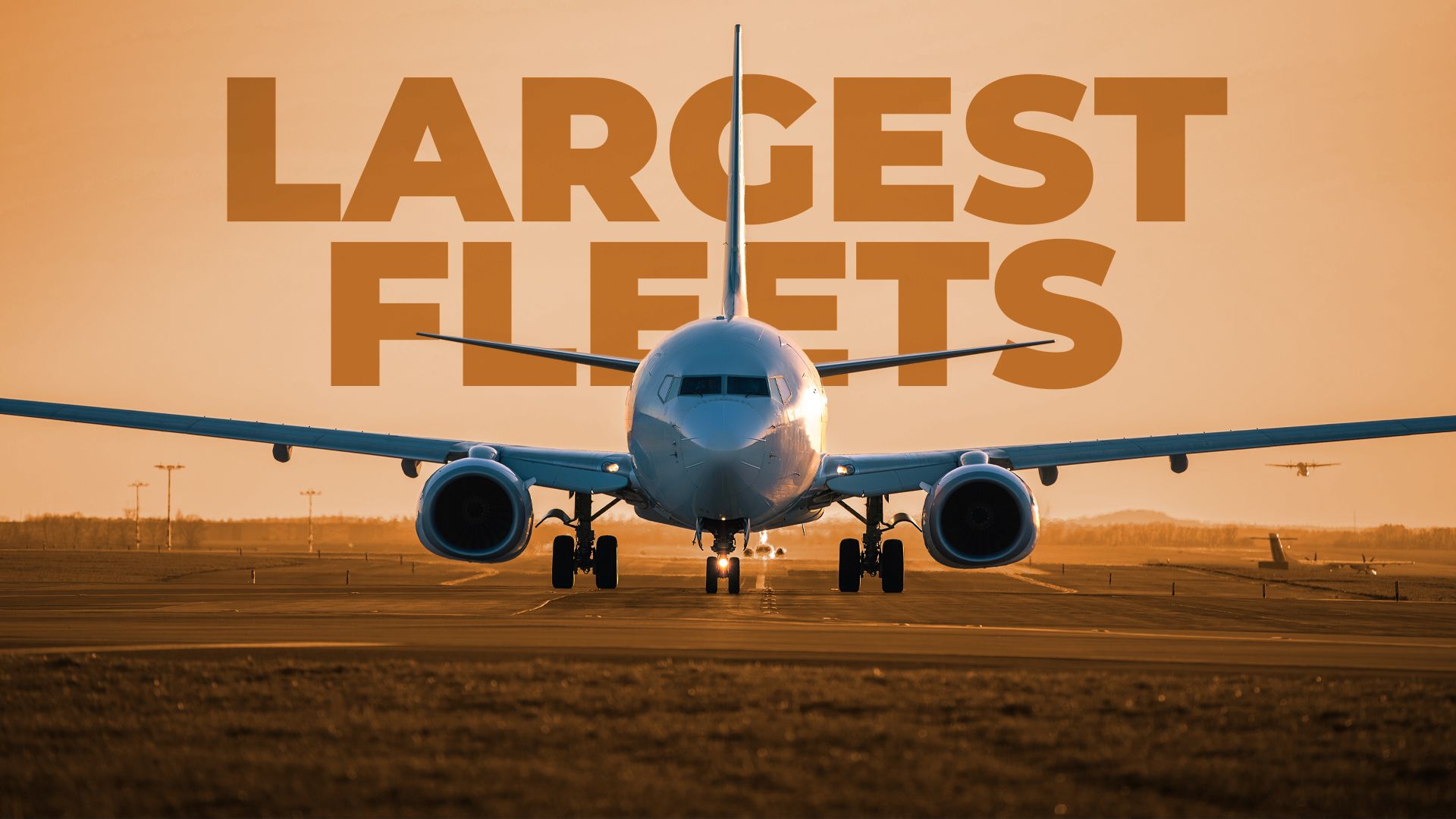UPDATE: The latest data reveals the five largest commercial airline fleets as of 2025, showcasing a dramatic evolution in global air travel that reshapes connectivity for millions worldwide. This revelation is crucial for frequent travelers and industry stakeholders alike, highlighting the dominant players in the skies.
China Southern Airlines ranks fifth with a remarkable 683 aircraft. Established in July 1988, this airline has grown to become a key player in the aviation sector, headquartered in Guangzhou, Guangdong. With a diverse fleet that includes the latest models from Boeing and Airbus, China Southern operates a significant number of regional jets and has ambitious orders for additional 64 Boeing 737 MAX 8 and 94 Comac C919 jets.
In fourth place, Southwest Airlines boasts 815 aircraft, all of which are narrowbody Boeing 737s. Founded in March 1967, the airline has expanded its operations to over 100 destinations across the U.S. and beyond. With an order for nearly 200 additional 737 MAX 8s, Southwest continues to solidify its unique position in the market.
American Airlines operates the third-largest fleet with 1,002 aircraft. As the largest airline globally in terms of passengers carried, American serves nearly 350 destinations in 50 countries from its base at Dallas/Fort Worth International Airport (DFW). The airline is rapidly modernizing its fleet, with substantial orders for 22 Boeing 787-9 aircraft among others.
The second-largest fleet belongs to Delta Air Lines with 1,010 aircraft. Established in 1925, Delta operates over 5,000 flights daily to 325 destinations worldwide. With a diverse mix of Airbus and Boeing aircraft, Delta remains a major force in global aviation.
Leading the pack is United Airlines, which has the largest fleet globally at 1,054 aircraft. Founded in 1926, United serves 373 destinations and is vital for international travel. Its fleet is predominantly Boeing, including a range of 787 aircraft that promise to enhance efficiency and environmental sustainability.
WHAT’S NEXT: As the aviation industry continues to recover and evolve post-pandemic, these airlines are set to play pivotal roles in shaping air travel’s future. Travelers can expect increased competition, innovative services, and expanded routes as airlines adapt to changing demands. Stay tuned for further updates as the landscape of commercial aviation shifts dramatically.
This information not only impacts frequent flyers but also provides insight into the operational strategies of the largest players in the industry. Share this news to keep others informed about the dynamic changes in air travel!







